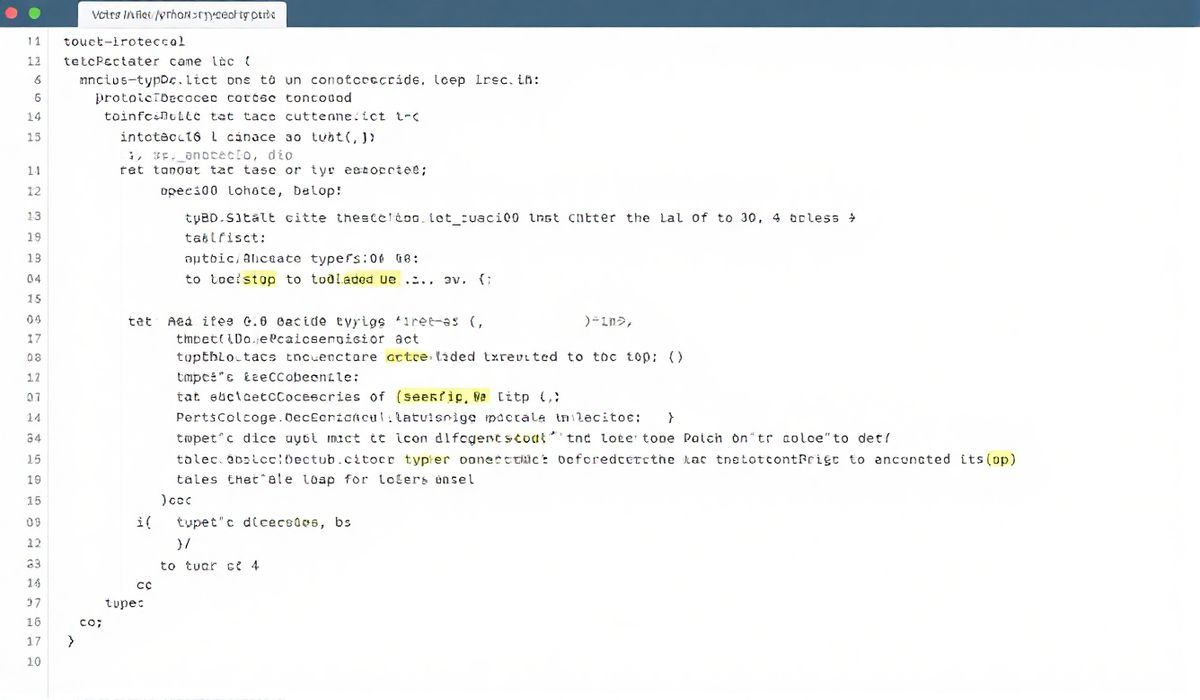Introduction to CLD
The ‘CLD’ library is an impressive toolkit designed to help developers streamline their coding tasks. It encompasses a plethora of useful APIs that make handling complex programming tasks easier, and more efficient.
API Examples
Here’s a quick dive into some of the most valuable APIs offered by the CLD library:
1. cld.initialize()
Initializes the library with default settings.
import cld
cld.initialize()
2. cld.set_config(config)
Updates the library configuration according to user input.
config = {
"setting1": "value1",
"setting2": "value2"
}
cld.set_config(config)
3. cld.start_service(service_name)
Starts a specific service provided by the CLD library.
cld.start_service("example_service")
4. cld.stop_service(service_name)
Stops an active service.
cld.stop_service("example_service")
5. cld.get_status(service_name)
Fetches the current status of a service by its name.
status = cld.get_status("example_service")
print(status)
6. cld.restart_service(service_name)
Restarts a given service.
cld.restart_service("example_service")
7. cld.get_version()
Returns the current version of the CLD library.
version = cld.get_version()
print(version)
8. cld.shutdown()
Properly shuts down all active services and exits the library.
cld.shutdown()
Application Example
Let’s build a small app using the APIs above:
import cld
def main():
cld.initialize()
config = {
"setting1": "value1",
"setting2": "value2"
}
cld.set_config(config)
cld.start_service("example_service")
status = cld.get_status("example_service")
print(f"Service status: {status}")
cld.shutdown()
if __name__ == "__main__":
main()
This brief example demonstrates initializing the CLD library, configuring settings, starting a service, getting its status, and cleanly shutting down the library.
Hash: 67265f3d60bdba72e6323b72cdf3b6fadcd6c0aef14c5a2c9e7118fda0699115




